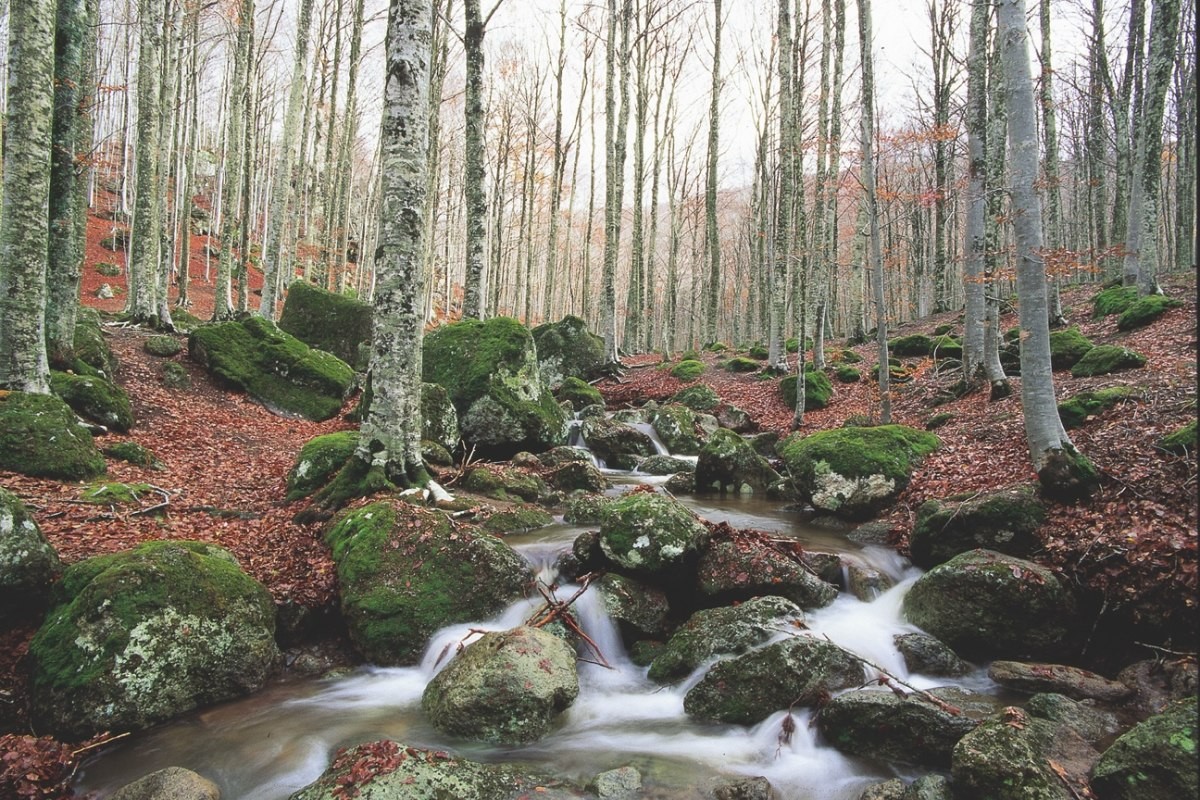THE REFORESTATION WORKS ON THE SEVEN MUNICIPALIT PLATEAU HAVE ALREADY STARTED A LONG TIME. THIS IS THE AREA CLOSE TO THE MUNICIPALITY OF LUSIANA, IN THE PROVINCE OF VICENZA, IN VENETO. THE PROJECT IN RESPECT OF THE ENVIRONMENT INCLUDES THE REFORESTATION OF FOUR HUNDRED NEW TREES WITH FUTURE SUSTAINABLE MANAGEMENT
Nell’Plateau of the Seven Municipalitiesin Veneto, the project to reforest the trees destroyed by the has already started a few weeks ago storm Boo which at the end of October 2018 overwhelmed over forty thousand hectares of forests in the Italian Alps. The project “green” involves the reforestation of well four hundred treeswhose sustainable management will then be entrusted to the PEFC association, capable of guaranteeing ecosystem services.
The project aims to create a new environmental balance, following the terrible storm Vaia which hit the same territories. The extreme weather event, due to climate changes, in fact, caused serious damage to the flora and fauna that populated these areas. The initiative is part of the broader project “More Nature”promoted by PEFC Italy e Climate Network for forestry recovery and the safety of these regions.
The woods of Lusiana come back to life: the story of a rebirth
What happened in 2018, in the Veneto areas of the Altopiano dei Sette Comuni, was a drastically memorable event. Flora and fauna destroyed by the fatal wrath of the storm which swept away over forty thousand hectares of land.
And environmental disasterwhich however also marked the story of a rebirth. The woods close to the urban center of Louisiana, today, finally come back to life. The project, after also being approved by the Veneto Region, has given rise to a reforestation mission of the green areas that cross the Altopiano dei Sette Comuni through the planting of four hundred trees.
These are trunks such as beech, sycamore maple, black hornbeam and downy oak. And again, the major ash, the Norway maple, the mountain ash, the birch, the aspen and the larch.
The Sette Comuni Plateau is one of the most iconic places in the Italian Alps, as well as among the areas most appreciated by trekking enthusiasts due to the ease of navigating the paths. However, since 2018 the situation has suddenly changed, following the environmental disaster.
In the portions of the forest affected by the crashes, in the following years, there was a partial hardwood renewalwhose young plants have however been overtaken by bramble infestations.
In fact, one was necessary cleaning of the undergrowth before implementing reforestation. In this way, the isolated dominant plants were eliminated first and only subsequently were the young plants buried, protected by special shelters to avoid premature damage.
A project for environmental protection and protection
The sustainable project was financed with the funds Eight per thousand of the Waldensian Church. At the same time, he was also supported by PEFC Italy (Programme for Endorsement of Forest Certification schemes), body promoting the certification of good management of forest assets, and Climate Network, a non-profit technical body that has been implementing ESG (Environmental, Social, and Governance) projects for companies for over ten years. These are projects that concern renewable energy sources, energy efficiency, as well as the sustainable management of natural resources.

The reforestation of the areas close to the urban center of Lusiana is part of the broader project “More Nature”. A plan created to finance the safety and rebirth operations of the same territories affected by the Vaia storm. A damage that is not only environmental, but also economic, which finally finds a solution tangible solution. The works should be finished in these last days of May, giving rigor to nature and restoring its beauty with the arrival of summer, and therefore also with the resumption of turismo.
Nature and tourism: the valorisation of the eco-path
In fact, the project also includes the restoration and the consequent valorisation of the Monte Corgnon eco-path. The latter, in fact, was also damaged by Vaia’s fury. First populated by numerous tourists who decided to spend quiet days in the mountains for their holidays, then suddenly deserted, as it was no longer usable. The path will also come back to life thanks to the new plan sustainable.
The nature trail starts from the town of Lusiana and winds along the mountainside. First crossing the reproduction of the Neolithic village and then reaching the Palazzon Ethnographic Museumil Alpine Botanical Garden of Monte Corno and other sites of tourist interest.
Just the prehistoric village offers a very faithful reconstruction of Bronze Age homes, built on the remains of an ancient castle (fortified village). The archaeological site it aims to show and tell how the place was organized when the area was terraced, fortified and inhabited.
All these places together give life to Lusiana widespread museum, a very important tourist site that would benefit from recent environmental interventions. The path will be appropriately traced, with wooden noticeboards also being placed along the route for cultural and information purposes.
“Forests play a decisive role in the future of our planet and the ability to sustainably manage our forestry heritage is directly proportional to the possibility of preserving terrestrial biodiversity”, this is how he concluded his speech Paolo Viganò, founder and president of Rete Clima. They are all gestures with the intention of conveying an important message, to respect and protect the environment.

